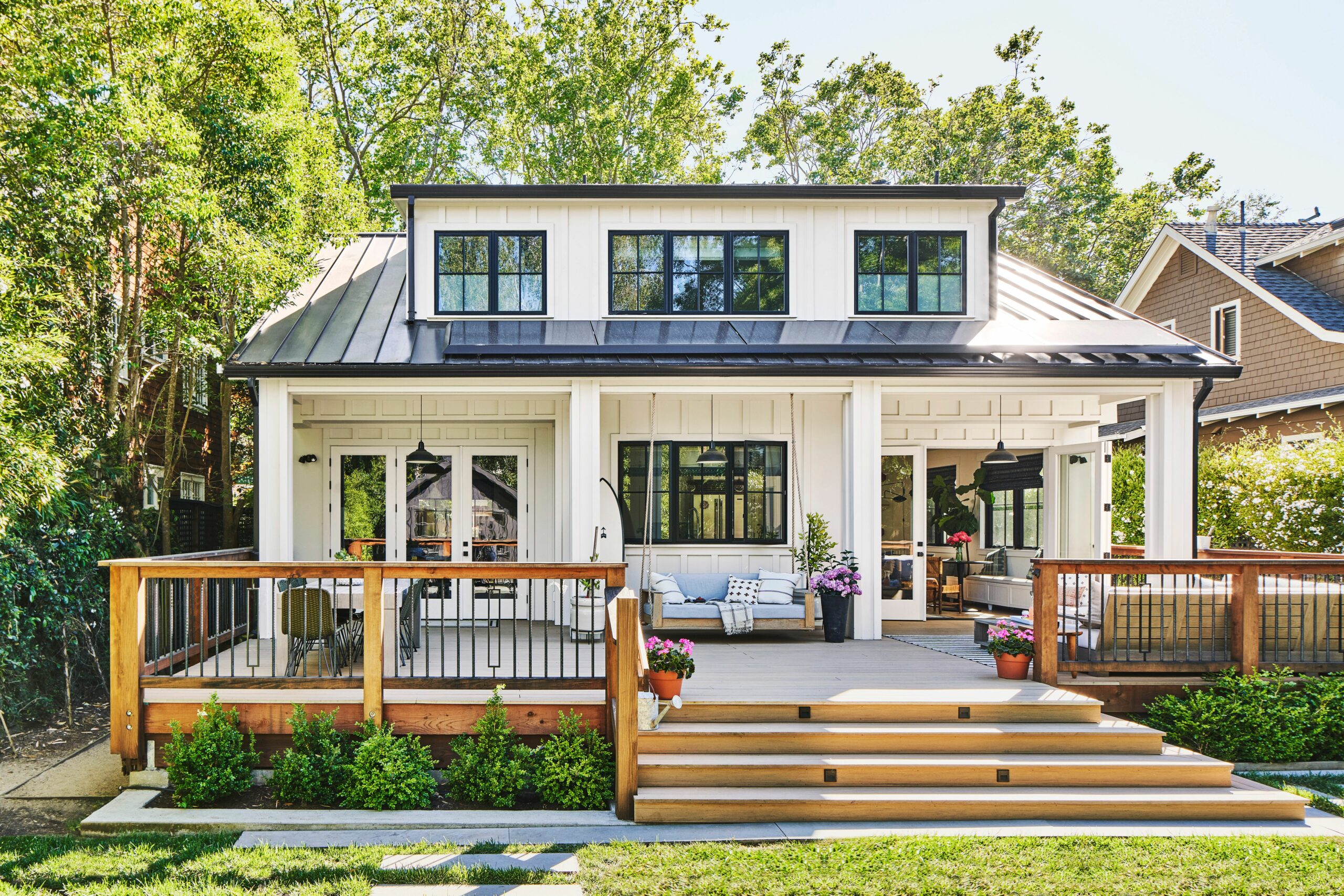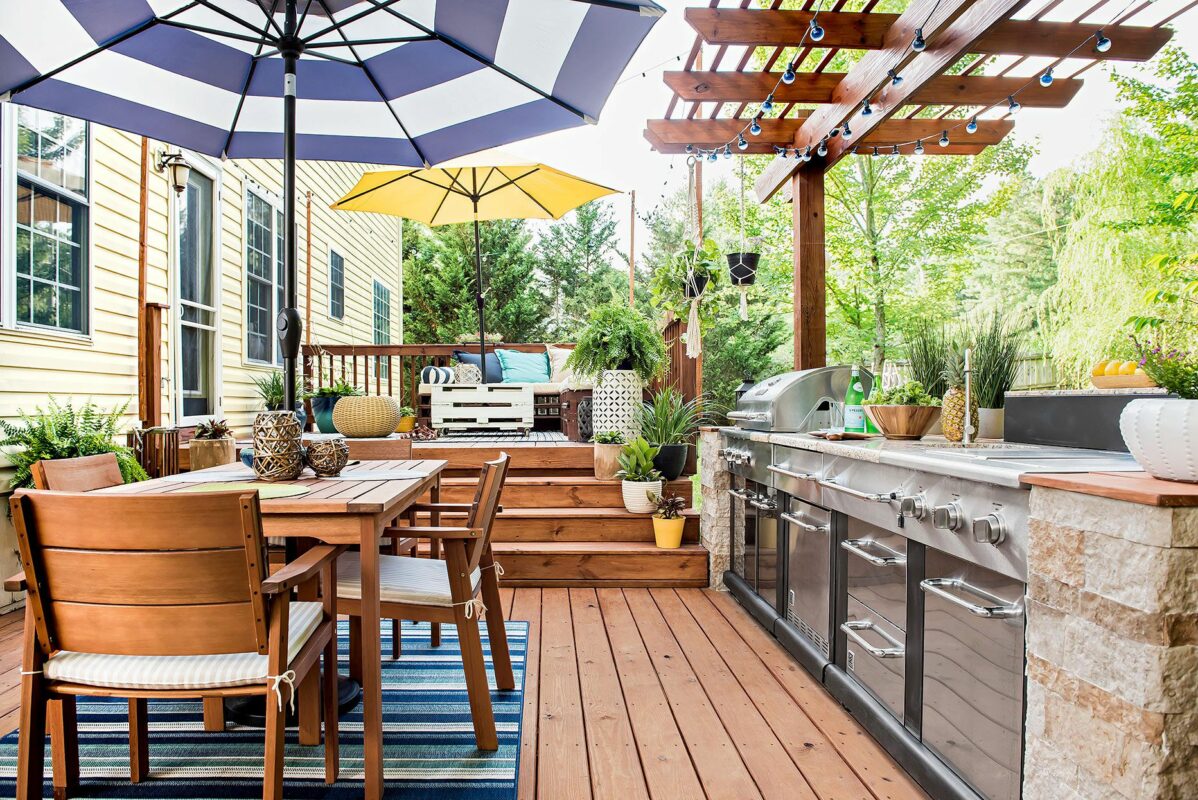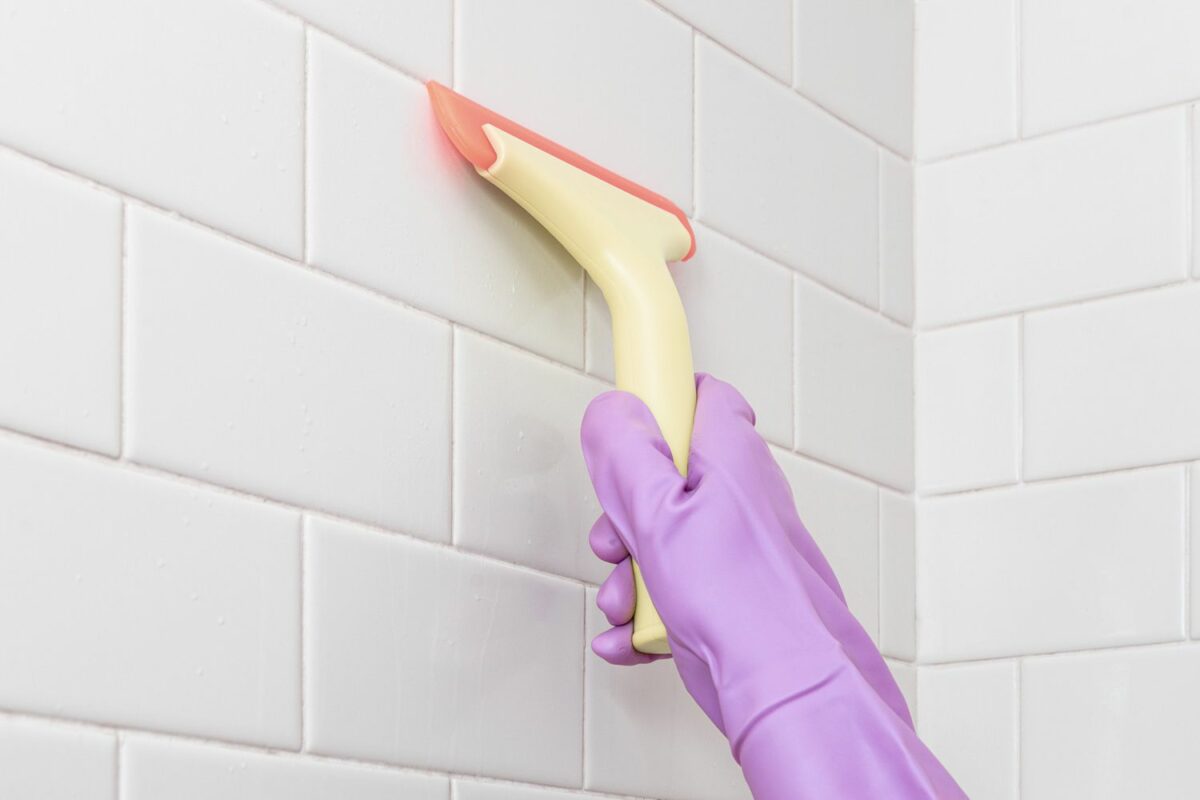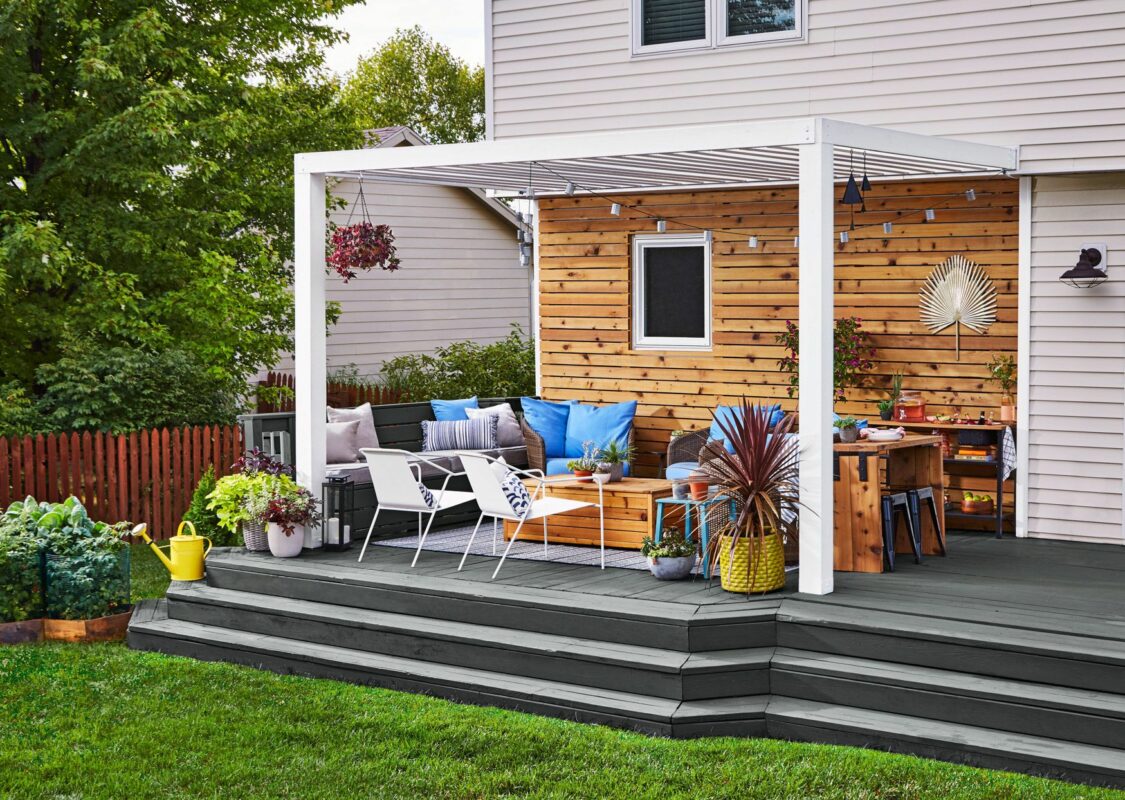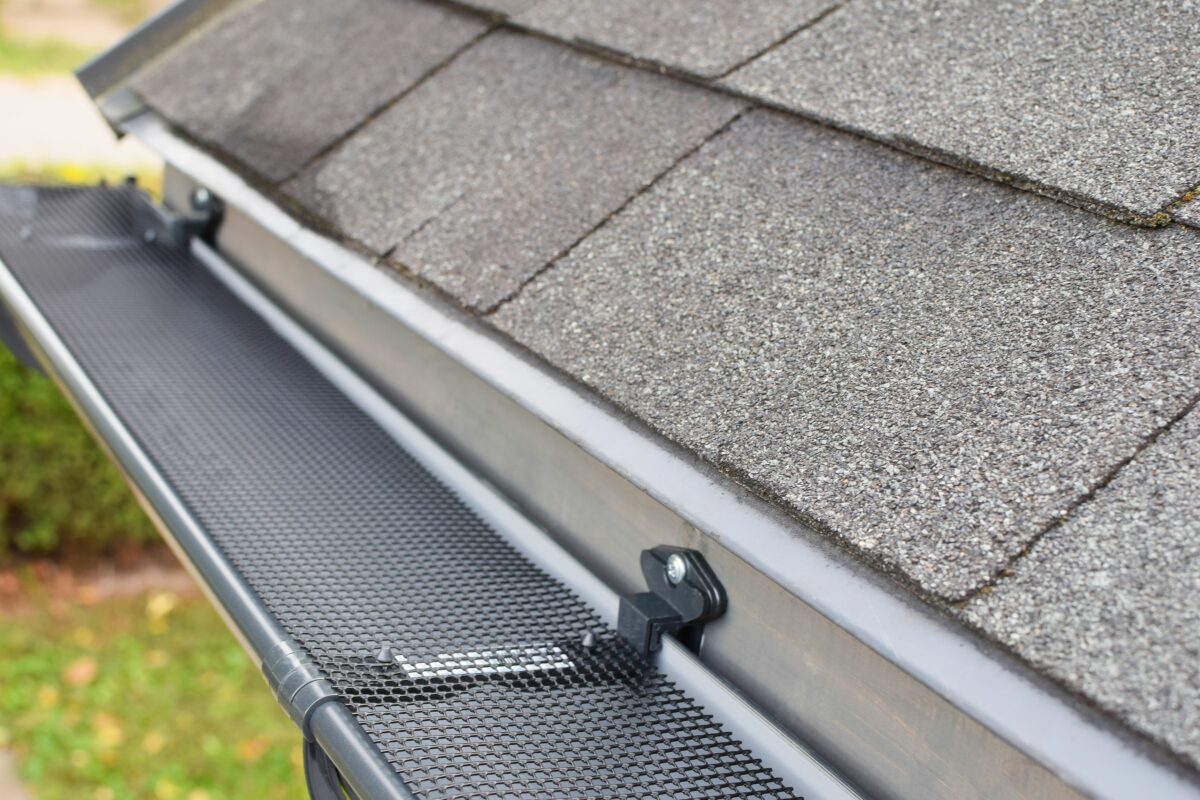Decks are a popular home extension that offers a comfortable space for outdoor activities and relaxation. There are various decking materials available—the most common include traditional wood, pressure-treated wood, concrete composite, and innovative capped polymer (PVC). Regardless of the material, factors like prolonged sun exposure, excess moisture, temperature fluctuations, and poor maintenance can cause all decks to fade or peel, diminishing their visual appearance and structural integrity. Here are the common causes of deck fading and peeling, as well as preventative measures you can use to protect and maintain your deck.
Why Do Decks Fade?
Deck fading is primarily caused by UV exposure, but the speed and extent of fading can vary by climate and deck material. Wooden decks fade as the sun breaks down the natural oils and pigments in the wood. This is especially true for softwoods like cedar or pine. Composite decks fade as UV inhibitors wear off, and concrete decks may fade as sunlight impacts pigments in the finish (especially if they weren’t appropriately sealed or treated). Vinyl or PVC decks are generally more resistant, but their colors can still fade if constantly exposed to harsh sunlight and bad weather.
How to Prevent Your Deck from Fading
Choosing UV-resistant deck materials is one of the best prevention measures for fading. Composite decking, for example, often includes UV inhibitors in the material. Pressure-treated wood and hardwoods like ipe and teak also offer some fade resistance.
Stains and sealers with UV blockers can also significantly decrease fading. These products provide a protective barrier that preserves the deck’s color and appearance. Reapply coats annually—potentially more often, depending on the product and level of sun exposure. Adding pergolas, awnings, or umbrellas can provide shade and reduce direct sunlight to protect the deck’s color and keep it cooler.
Dirt also plays a role in fading, as it can trap moisture and accelerate the discoloration process. Regularly clean your deck with mild soap and water to remove buildup. Be sure to avoid harsh chemicals that strip away protective coatings and natural oils.
Why Do Decks Peel?
The causes and remedies for deck peeling vary by material. Wooden decks often peel due to moisture penetration, which causes the wood to expand and contract, leading to paint and stain cracks. Peeling composite decks are typically caused by surface wear or low-quality manufacturing, which over time, can result in the material’s outer layer delaminating. Painted or stained concrete decks can peel due to improper surface preparation or applying coatings in unsuitable weather conditions. Vinyl or PVC decks may peel due to UV exposure or an improperly cleaned surface before applying a sealant. In all cases, inadequate maintenance can accelerate peeling.
Nathan Kirkman
How to Prevent Your Deck from Peeling
To prevent your deck from peeling, prepare the surface before applying paint or stain. Keep the deck surface clean and dry, removing any old finishes. Sanding the surface can also help the new coating adhere better and reduce the chances of peeling. Always invest in high-quality, exterior paints and stains designed for deck use. Deck paints are specifically formulated to withstand the elements and provide a durable finish.
Always follow the manufacturer’s instructions, including the recommended weather conditions for application. Applying coatings in extreme temperatures or high humidity can lead to improper adhesion and future peeling. Regularly inspect your deck for signs of pests, damage, and deterioration. Promptly address minor issues to prevent them from worsening. Lastly, remember to use furniture pads to prevent scratches and abrasions and trim overhanging vegetation to ensure proper airflow.
How Does Protective Coating Work?
Protective coatings create a barrier between the deck material and environmental factors like UV rays, moisture, and dust. These coatings, including stains, sealers, and paints, penetrate and bond to the surface, providing a durable shield that can prolong the life of your deck.
Each type of deck coating can provide a different purpose. Stains penetrate wood, nurture the natural wood grain, and protect against moisture and UV damage. Semi-transparent stains offer moderate protection and a natural look, while solid stains provide more robust protection and saturated color. Sealers are clear or tinted products that form a protective layer on the deck surface. They repel water and prevent moisture from penetrating the wood, minimizing peeling, warping, and cracking. Exterior paints offer a solid, opaque finish with excellent UV and moisture protection. However, they can be prone to peeling if not applied correctly or if the underlying wood is not adequately prepared.


